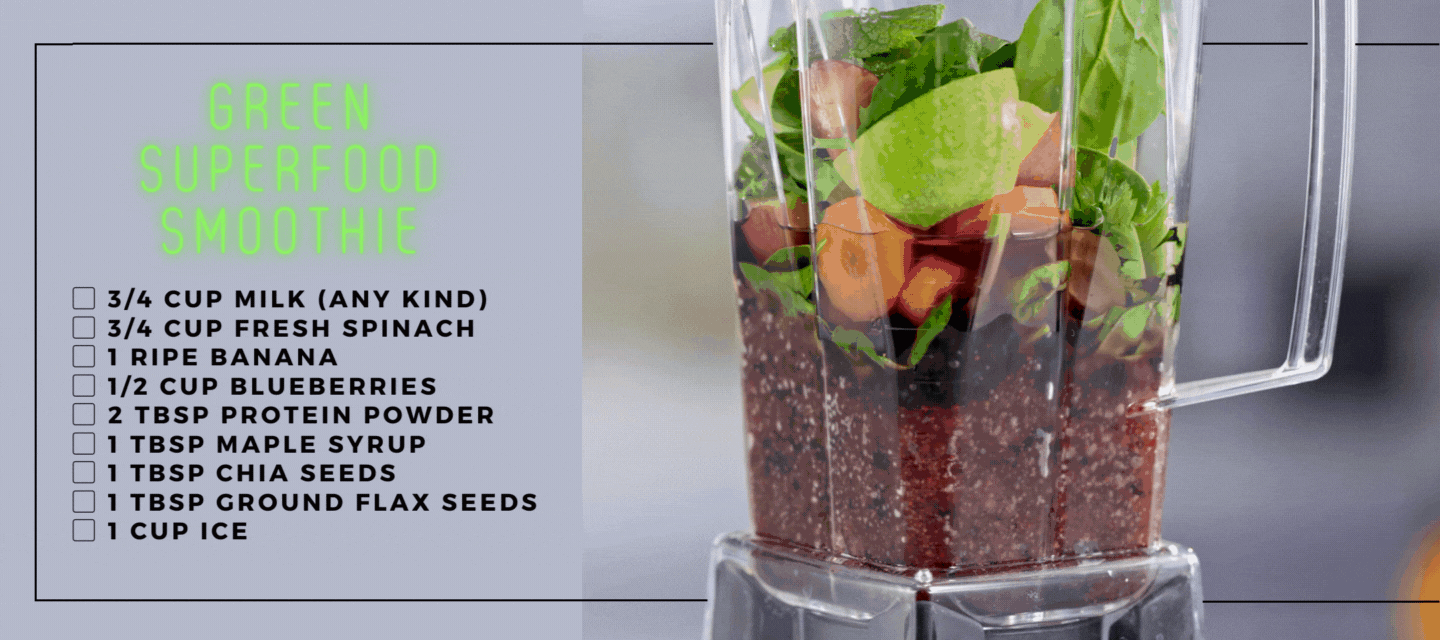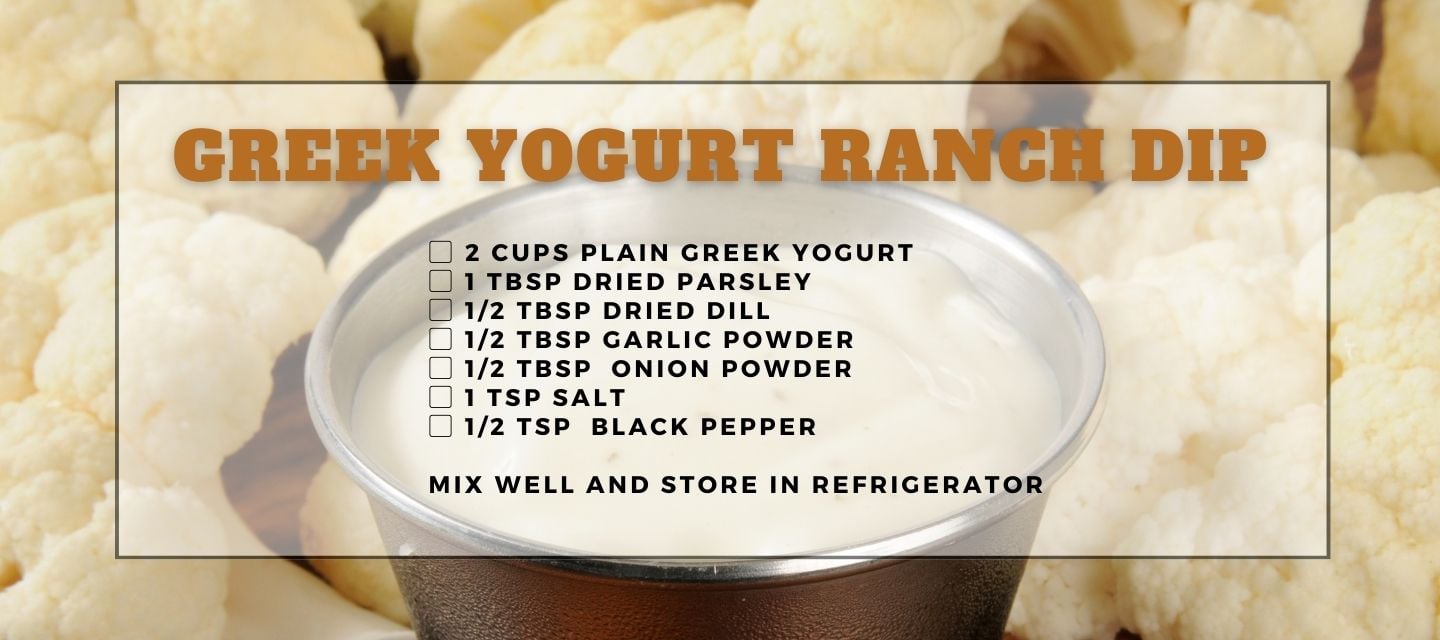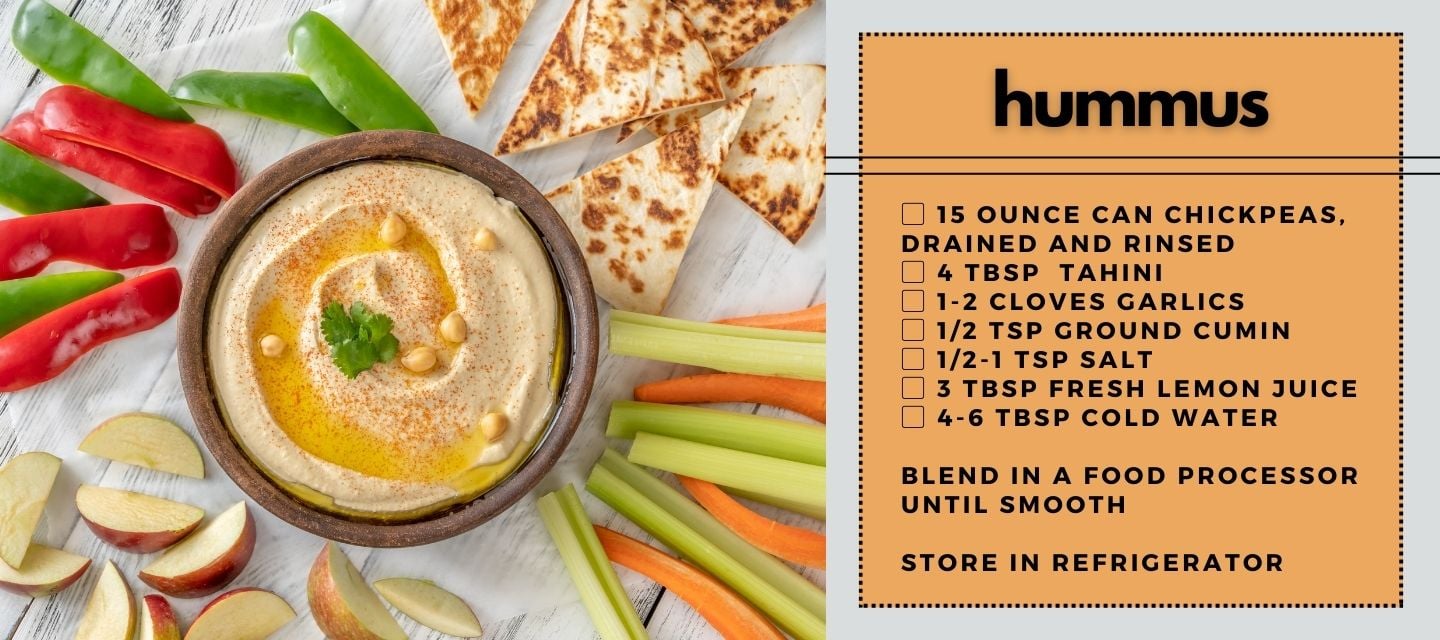Foods To Help Truckers Fight Type 2 Diabetes
.png?width=1440&height=640&name=Foods%20to%20Help%20Type%202%20Diabetes%20-%20Watch%20Our%20Video%20%20(1).png)
Type 2 diabetes poses a significant health concern for individuals across various walks of life, but truck drivers are at an elevated risk due to their demanding lifestyle. Long hours behind the wheel, irregular meal schedules, disrupted sleep patterns, high stress levels, limited opportunities for physical activity, and oftentimes inadequate access to fresh, wholesome foods create a perfect storm of challenges for truckers in preventing and managing this metabolic condition.
While genetics and lifestyle play a significant role, a balanced diet is one of the most powerful tools in preventing and even reversing type 2 diabetes. K&J’s resident health and fitness expert, Leslie Schipper, recently shared some foods you should be eating to combat type 2 diabetes, as well as her favorite ways to incorporate those diabetes-fighting superfoods into your everyday diet. Check out the video below or keep reading for more tips!
1. Leafy Greens
Leafy greens like spinach, kale, and Swiss chard are rich in fiber, vitamins, and minerals. They have a low glycemic index, meaning they have a minimal impact on blood sugar levels.
Leslie recommends blending leafy greens into smoothies with a banana, protein powder, flax seeds, and chia seeds for a super-food power drink. A nutribullet is an easy-to-use appliance that you can keep in your truck or use to pre-make smoothies at home and freeze them for your next trip.

2. Salmon
Salmon is high in omega-3 fatty acids, which have been associated with improved insulin sensitivity. Salmon, and other fatty fish like mackerel and sardines, also provide essential nutrients like vitamin D, which is crucial for overall metabolic health.
Leslie’s favorite way to prepare salmon is to season it with lemon, olive oil, and dill and then bake it for 10-15 minutes at 400 degrees. Be careful not to over-bake it, or it will get dried out.
3. strawberries
Strawberries, and other berries like blueberries and raspberries, are packed with antioxidants (including anthocyanins and flavonoids), fiber, and vitamins. They have a lower sugar content compared to many other fruits, making them a good option for those managing their blood sugar levels.
Strawberries make a great, easy-to-eat snack while on the road. Leslie also recommends adding them to oatmeal or yogurt. Yogurt contains probiotics and can have a positive impact on gut health, which is increasingly linked to better blood sugar control. Choose plain Greek yogurt for lower sugar and an extra protein boost!
4. Quinoa
Quinoa is a whole grain with a somewhat nutty flavor profile, and can often be used as a substitute for rice or pasta. It has a balanced nutritional profile and is packed with fiber, which helps regulate blood sugar levels. It also provides essential nutrients and promotes a sense of fullness, reducing the likelihood of overeating.
Leslie recommends making fajita bowls with quinoa, seasoned grilled chicken, peppers, and onions.
5. Broccoli
Broccoli is a non-starchy vegetable that is low in calories, but rich in fiber. Broccoli supports steady blood sugar levels by slowing down the absorption of glucose in the bloodstream. In addition, broccoli is a potent source of antioxidants, including vitamin C and various phytonutrients, which combat oxidative stress and inflammation, both of which contribute to insulin resistance. It is also full of essential nutrients like vitamin K, chromium, and magnesium, which play key roles in glucose metabolism and insulin sensitivity.
Leslie says a simple way to prepare fresh broccoli is tossing them in avocado oil, salt, and pepper and then baking them at 450 for 20 minutes. Frozen broccoli is also delicious in the microwave with either hot sauce or cheese - or both!
6. Nuts
Nuts, including almonds, walnuts, pistachios, hazelnuts, and cashews, are powerful allies in the prevention of type 2 diabetes. Packed with heart-healthy monounsaturated and polyunsaturated fats, nuts help improve insulin sensitivity and reduce inflammation in the body. They are also abundant in fiber and protein, promoting a feeling of fullness and stabilizing blood sugar levels. In addition, the magnesium content in nuts supports glucose metabolism and insulin function, while the antioxidants, such as vitamin E, further protect cells from oxidative damage, a key factor in the development of insulin resistance.
When adding these nutrient-packed snacks to your meal plan, Leslie recommends putting a handful these calorie-dense snacks into smaller containers to help keep portion sizes under control.
7. Lean meat
Due to their low saturated fat content, high-quality protein, and ability to regulate blood sugar levels, choosing lean meats like chicken and fish is a great choice. Lean meats are also rich in essential nutrients like zinc and B vitamins. In general, people in the United States eat too much red meat, which has a higher concentration of saturated fat than lean meats. And saturated fat has been linked to insulin resistance and impaired glucose metabolism, which are key components of type 2 diabetes development.
8. Eggs
Eggs are beneficial for preventing type 2 diabetes due to their high protein content, low glycemic index, and rich nutrient profile. Leslie recommends meal-prepping hardboiled eggs so you can have them on hand for an easy snack.
Eggs boast an impressive nutrient profile. They are a rich source of high-quality protein, which helps stabilize blood sugar levels and promote a feeling of fullness, reducing the likelihood of overeating and weight gain—a significant risk factor for type 2 diabetes. They are also abundant in essential nutrients like vitamin D, B vitamins, and choline, which contribute to overall metabolic health. Moreover, the healthy fats in eggs, particularly omega-3 fatty acids, have been associated with improved insulin sensitivity. Contrary to previous concerns about cholesterol, research suggests that moderate egg consumption may not significantly impact heart health for most individuals, further emphasizing their potential role in a diabetes-preventative diet.
9. Cauliflower
Like broccoli, cauliflower is low in carbohydrates and calories but high in fiber, and has a low glycemic index, meaning it has a minimal impact on blood sugar levels. This makes it an excellent substitute for higher-carb foods (like bread or rice). Cauliflower is also rich in antioxidants, including vitamin C, vitamin K, potassium, folate, and various phytonutrients, which help protect cells from oxidative stress and inflammation—both key factors in the development of insulin resistance.
Leslie suggests eating riced cauliflower instead of white rice, or choosing a pizza crust made with cauliflower instead of wheat. Cauliflower is also delicious on its own paired with a Greek-yogurt ranch dip.

10. Cottage cheese
If you are a TikToker, you know cottage cheese is trending! Your feed might be flooded with innovative ways to eat more cottage cheese. And while some of them require a leap of faith (in cookie dough, for example), some are a little tamer: cottage cheese with fruit, mustard, or eggs.
Cottage cheese is also a good source of calcium, magnesium, and phosphorus, which play roles in insulin sensitivity and glucose metabolism. Also, the presence of casein, a slow-digesting protein, in cottage cheese helps maintain steady blood sugar levels.
If you want to double up on that diabetes-fighting power, Leslie suggests topping your cottage cheese with cinnamon, which has been shown to improve insulin sensitivity and help lower blood sugar levels.
11. Hummus
Hummus – a popular dip made with chickpeas, olive oil, tahini, lemon juice, and spices – is delicious with pita bread, crackers, or fresh vegetables for dipping. It can also be used as a spread in sandwiches or wraps, or as a topping for salads and roasted vegetables.
Hummus is beneficial for preventing type 2 diabetes due to its high fiber and plant-based protein content, low glycemic index, and the presence of healthy fats, all of which contribute to stable blood sugar levels and improved insulin sensitivity.
Just make sure you check the ingredients in the store-bought version to make sure you are buying a clean version without extra additives. Hummus is also easy to make in a blender. Here is one of our favorite recipes.

12. Tomatoes
Did you know that eating one tomato a day can contribute to improved blood pressure levels? Tomatoes are notably high in potassium, a mineral crucial for regulating blood pressure. By helping to balance the effects of sodium in the body, potassium supports a healthy blood pressure range.
Tomatoes are also packed with antioxidants like vitamin C and lycopene, which protect cells from damage and contribute to cardiovascular well-being. Including this vibrant fruit – yes, it is a fruit! - in your daily diet not only adds a burst of flavor, but also offers a natural and nutritious means to support optimal blood pressure levels.
13. Beans
We all know the song: Beans, beans, the magical fruit…
But seriously, beans are excellent sources of plant-based protein, fiber, and complex carbohydrates. They have a low glycemic index and can help stabilize blood sugar levels. Incorporating beans and other legumes like lentils and chickpeas into meals can lead to better glycemic control over time.
Leslie says an easy way to add beans into your diet is to make Mexican bowls with chicken breast, black beans, peppers, rice/quinoa, tomatoes, cheese, and avocado. Avocados are high in healthy fats, fiber, and various vitamins and minerals and their monounsaturated fats in avocados have been associated with improved insulin sensitivity.
14. Apples
Apples are a powerful addition to a diet aimed at preventing type 2 diabetes. In addition to providing energy and ample hydration, their high fiber content, particularly soluble fiber, plays a pivotal role in regulating blood sugar levels. This fiber slows down the absorption of glucose, preventing rapid spikes and providing a steady, sustained release of energy. Additionally, apples are rich in antioxidants, including vitamin C and polyphenols, which help protect cells from oxidative stress, a key factor in the development of insulin resistance.
So, an apple a day really could keep the doctor away…
We are here to help you reach your goals!
Incorporating some or all of these foods into your diet, along with other healthy lifestyle choices, can be a powerful step towards preventing and managing type 2 diabetes. Remember, small changes can lead to significant improvements in your overall health and well-being.
At K&J, we are here to help you reach your health and fitness goals! Leslie will be sharing tips like these each Monday with K&J drivers as part of a new series to empower you take control of your health journey.
Note: This article is not intended to replace a conversation with your doctor or a certified nutritionist who knows your unique situation and health history. As always, please consult a health professional before embarking on a new diet or exercise program.

